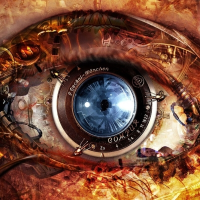GiGs said: I think they are just intended to be manually dropped onto a map, and positioned how you like them. Some people have suggested adding the tiles to a rollable table, to make it easier to drop and place them. It avoids some problems with having to resize the tiles. I don't have this particular set, but most are simply images placed in your library. You place them on the map layer as needed, and resize them according to the grid scale noted in the file name, ie 6x4 or 11x9. Right-click on it once it's on the map layer, select Advanced, and resize as you wish. I agree with the suggestion to use rollable tables, although that won't help much in this case, as very few of the images have the same dimensions as one another. You'd need to make a separate table for each. However, many other sets are designed with this use in mind, and have every (or at least most) image set at the same size, making a rollable table the ideal solution. It's the basis of my game style, actually. We build the map as we go. So, for this set, you'd either build it piece-by-piece in Roll20, adding and resizing images as needed, and moving everything onto the map layer. Oddly, Roll20 does not recommend this method due to the lag it can cause on some systems. Otherwise, photoshop or gimp or any image manipulation software can give you something more suitable, pasting the pieces externally and then exporting a single larger finalized image as a .jpg. Many image sets in Roll20s marketplace include a Download option, but it does not seem as if this one does. Therefore, you'd have to devise some method by which to take an image from your marketplace and store it locally, which is both trivially simple and incredibly tedious, and will be left as an exercise for the reader. TLDR: I buy sets with identical dimensions and create rollable tables from them. Or I create my own maps, downloading tilesets and using GIMP (a free image software) to import them.




